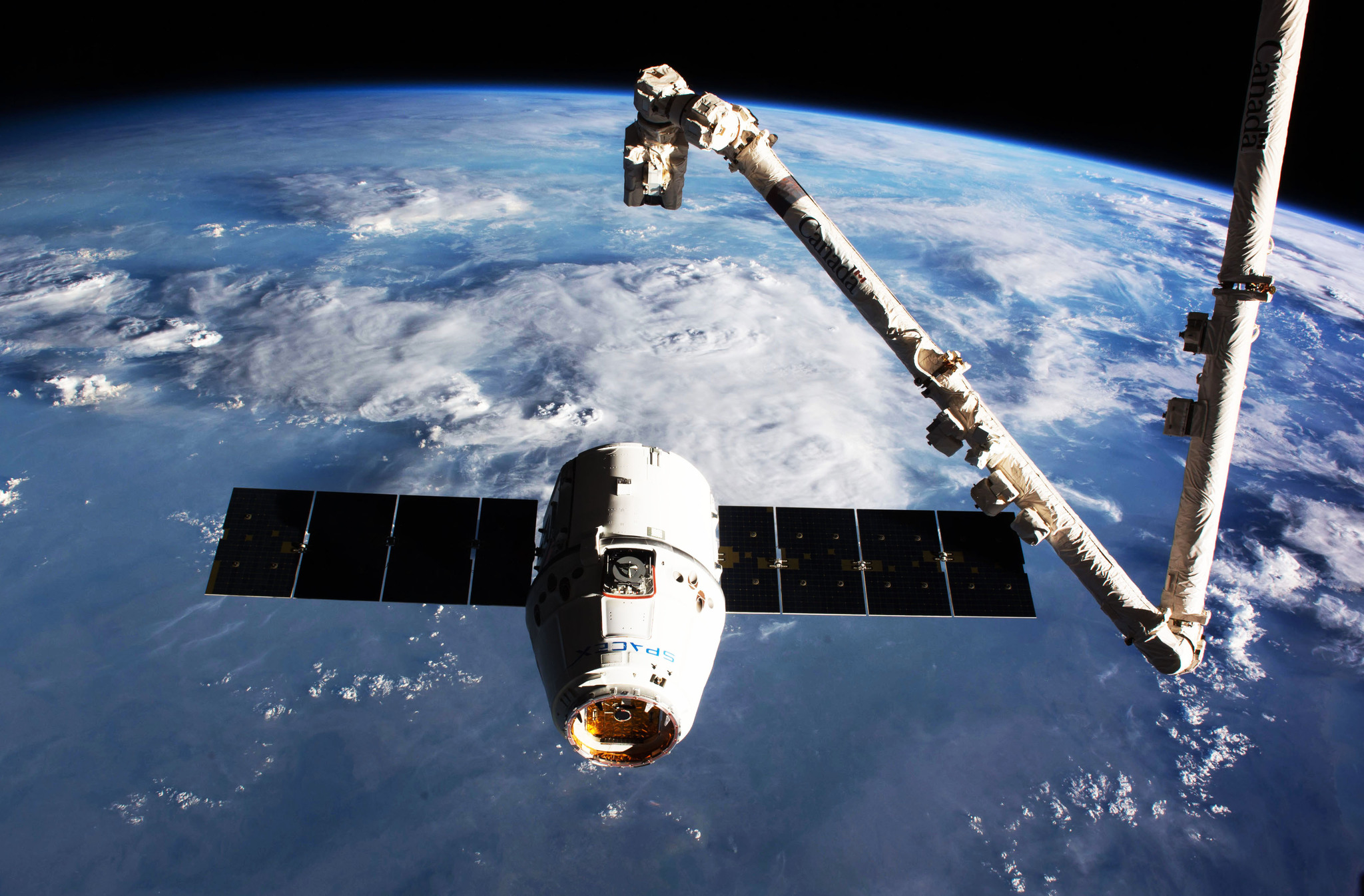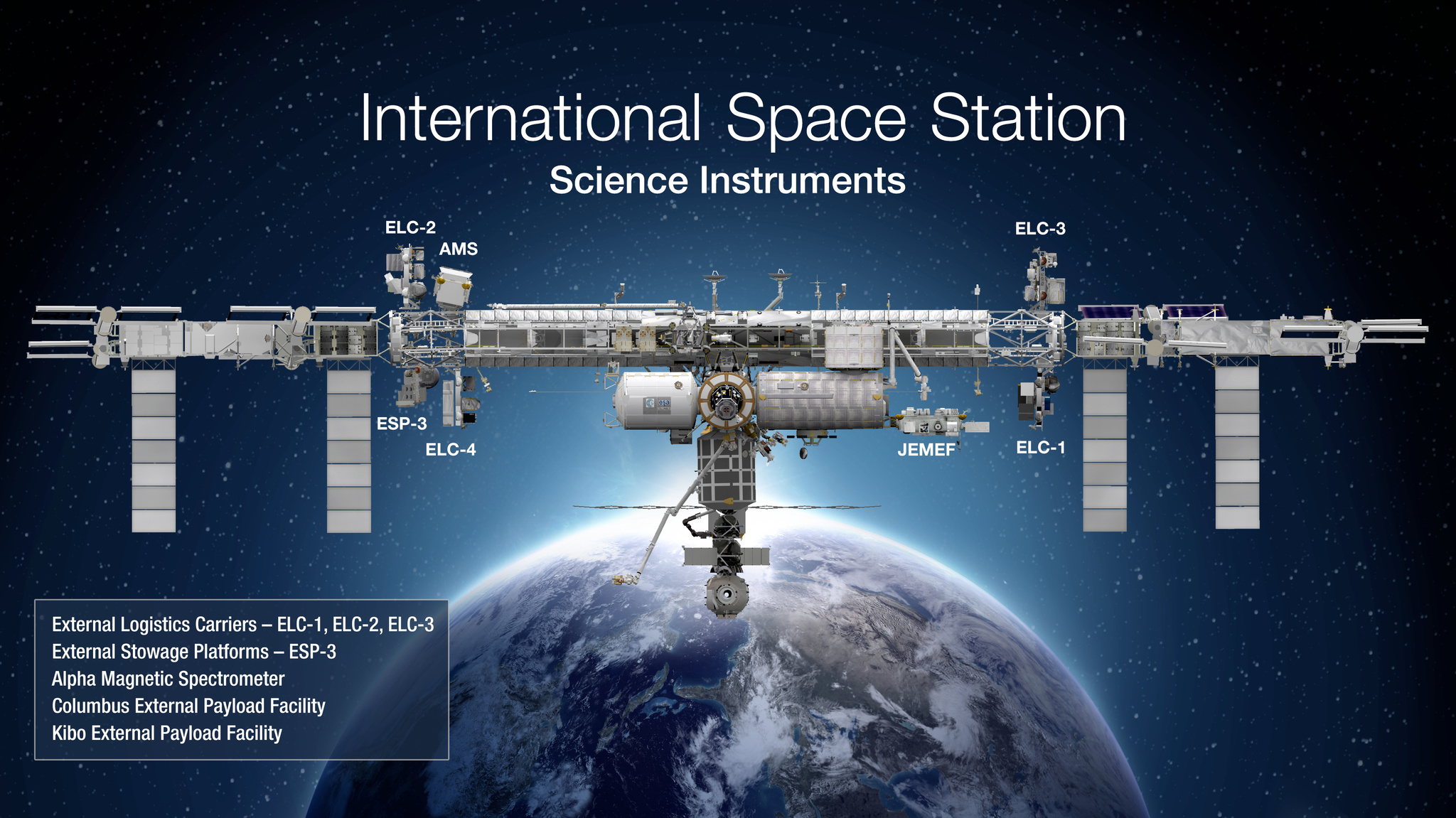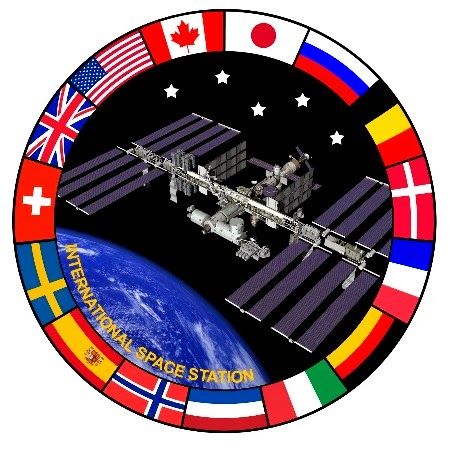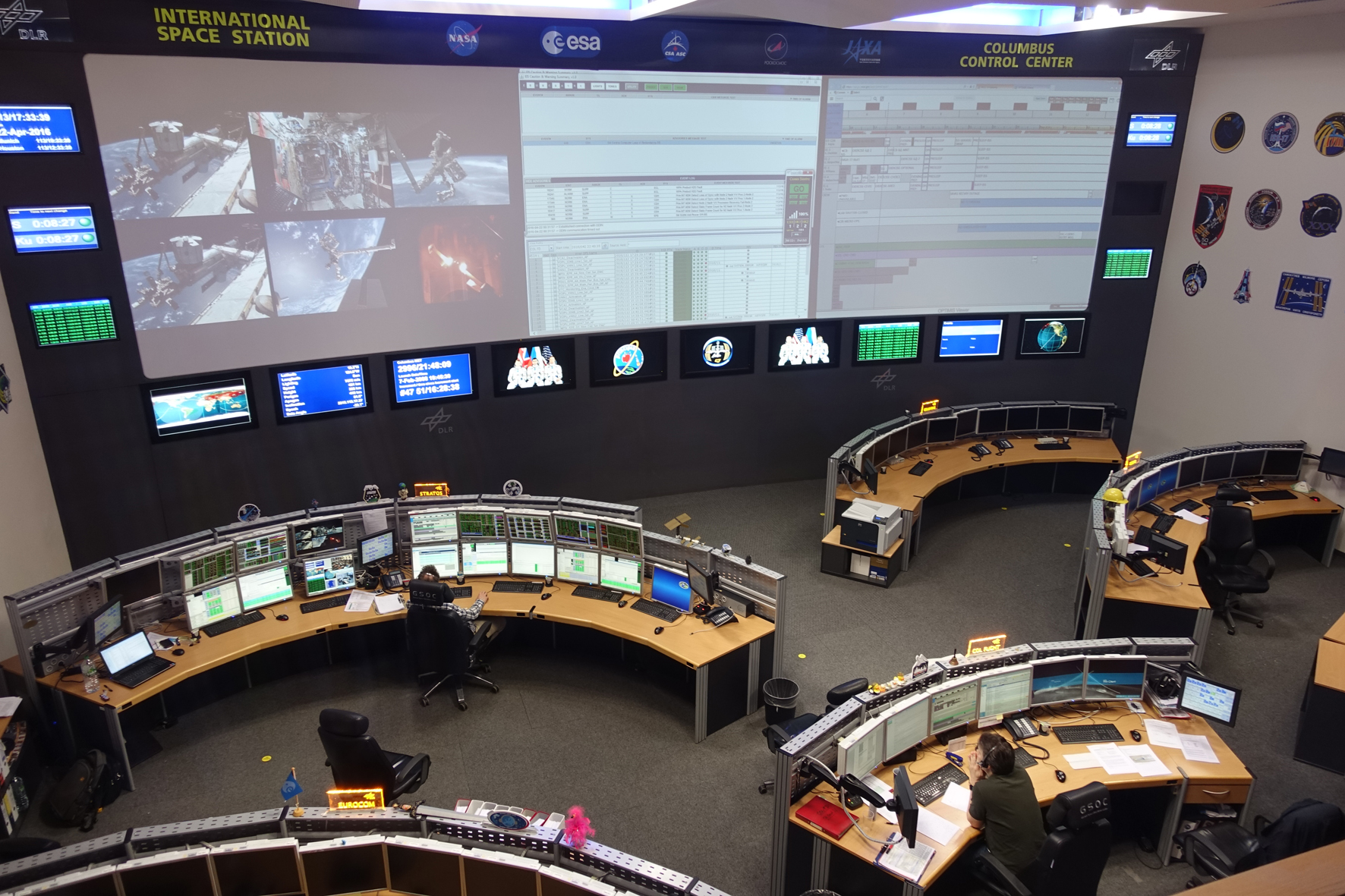(Quelle: NASA)

 History
M 1500 - 2000 AD
History
M 1500 - 2000 AD

 History
History

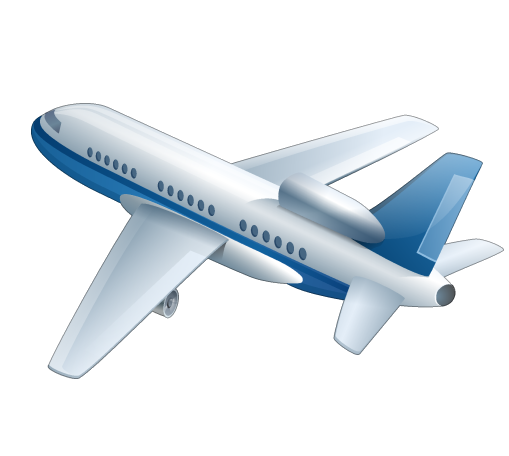
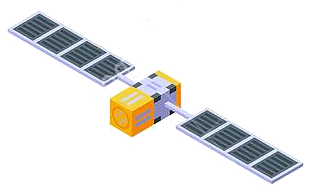
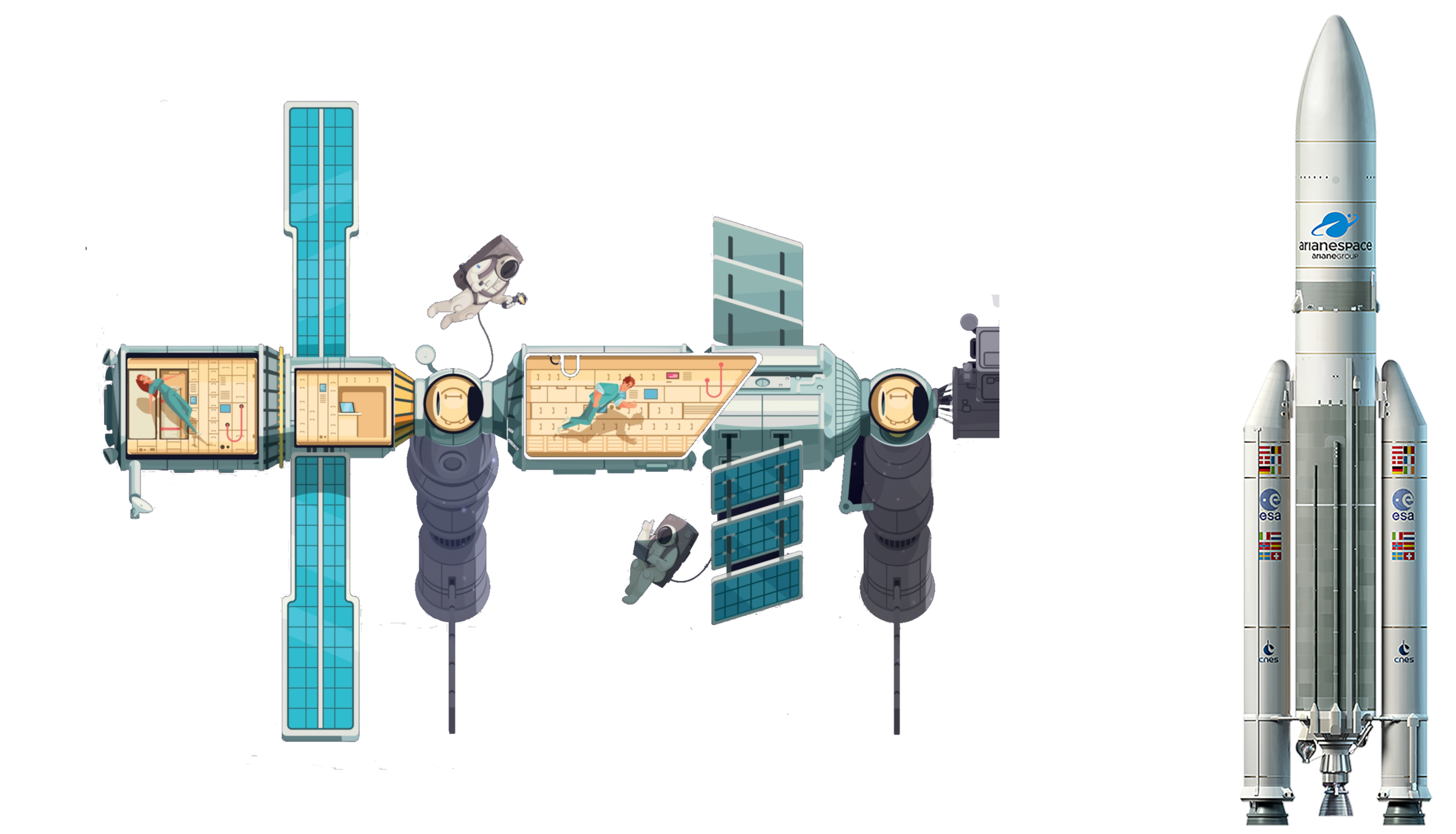 Aerospace
*NASA
Aerospace
*NASA



 Aerospace
*JAXA
Aerospace
*JAXA



 Aerospace
*Roskosmos
Aerospace
*Roskosmos



 Aerospace
*ESA
Aerospace
*ESA



 Aerospace
*DLR
Aerospace
*DLR



 Aerospace
*CNES
Aerospace
*CNES



 Aerospace
*ASI
Aerospace
*ASI



 Aerospace
*AEB
Aerospace
*AEB
 United States
United States

 Science and technology
Science and technology


国际空间站(法语:Station spatiale internationale,缩写为SSI;英语:International Space Station,缩写为ISS;俄语:Междунаро́дная косми́ческая ста́нция,缩写为МКС)是一个在近地轨道上运行的科研设施,是人类历史上第九个载人的空间站。空间站的主要功能是作为在微重力环境下的研究实验室,研究领域包括生物学、物理学、天文学、地理学、气象学等,目前由六个国家或地区合作运转,包括美国国家航空航天局、俄罗斯联邦航天局、日本宇宙航空研究开发机构、加拿大太空局、巴西航天局和欧洲空间局(成员国英国[4]、爱尔兰、葡萄牙、奥地利和芬兰没有参加国际空间站计划,希腊和卢森堡则是在计划开始之后加入欧洲空间局的。[5])。中华人民共和国曾表达参与国际空间站建设的意向,但因诸多原因最终被排斥在外[6][7]。迄今为止,已有来自多国的宇航员登上国际空间站执行任务,但均为美国或俄罗斯主导的太空计划,其中还包括七名太空游客。
从1998年11月15日国际空间站第一个部分曙光号功能货舱发射升空。到2010年6月,空间站已经在轨道上环绕地球运转了66000圈[8]。国际空间站原计划在2020年后结束使命,后来改为2024年。[9]。负责国际空间站与地面之间运输的航天器有联盟号、进步号、自动运载飞船、H-II运输载具、龙飞船、发现号航天飞机、奋进号航天飞机等。国际空间站最多可承载六名乘员(长时间),大部分实验设施也已经投入使用。由于大气阻力和重新启动等因素的影响,国际空间站的轨道实际高度常发生漂移。
一、国际空间站之前的美苏载人航天计划
对 ISS投资最多的美国从航天时代的开始就研究空间站,在1963~1969年间,美国为MOL计划花费了13亿美元。MOL是一个由大力神-3发射的 11t重的空间站。然后,从1971~1974年美国又为“天空实验室”(Skylab)计划支付了26亿美元。“天空实验室”是一个9t重的空间 站,1973年5月由土星5运载火箭发射,有三组宇航员曾在上面工作过。1973年9月NASA委托ESA于1981年交付造价约10亿美元的“空间实 验室”(Spacelab)(总共进行16次飞行)。1984年1月里根总统决定1992年建造一个80亿美元的空间站。但是当1987年与工业界签合同 时,这项计划经费已升至145亿美元,进度也推迟到1994年初。1988年,美国与欧洲、加拿大和日本签订了第一份政府间协议,建造并运营自由号(后改 名为阿尔法号)空间站(现定名为国际空间站)。
另一方面,俄罗斯(前苏联)于1964年10月着手“钻石”(Almaz)军用 空间站计划。这项计划与美国的MOL计划相当。1973~1976年发射了3个空间站(礼炮-2、礼炮-3和礼炮-5)。由于1969年苏联在登月竞 赛中输给了美国,“钻石”计划改为DOS民用空间站计划。1971~1982年共发射过6个空间站(礼炮-1、礼炮-4、礼炮-6和礼炮-7,另有两次失 败)。然后把两项计划合并产生了和平号永久性空间站,它已在轨运行了11年。由于这些空间站的研制,使俄罗斯获得了美国不具备的空间站技术和长期空间飞行 经验。(Quelle:http://www.people.com.cn)
Die Internationale Raumstation (ISS) ist nach NASA-Angaben das grösste und komplexeste internationale wissenschaftliche Projekt in der Geschichte. Heute sind 16 Nationen an der ISS beteiligt: USA, Kanada, Japan, Russland, Brasilien und 11 Länder der Europäischen Weltraumbehörde (ESA), darunter auch die Schweiz, Österreich und Deutschland.
In der Dämmerung kann die Raumstation häufig von jedermann als auffälliger ruhig laufender heller Stern gesehen werden, wie sie im Laufe von einigen Minuten über den Himmel zieht und langsam seine Helligkeit verändert.
Geschichte und Aufbau
Die Planungsanfänge gehen auf das Jahr 1979 zurück. Im Januar 1984 wurde das Projekt von Präsident Reagan offiziell eingeführt und mit einem Aufruf an die – wie es damals noch hiess – „freie Welt“ sich am Raumstation-Projekt zu beteiligen, verbunden. Im Frühjahr 1985 folgten Japan, Kanada und die ESA (Europa) mit einem bilateralen Abkommen diesem Aufruf. Im September 1988 wurde festgelegt, welche Beiträge diese Partner zu der Raumstation (die von Reagan „Freedom“ getauft wurde) beitragen würden: Kanada einen Manipulatorarm (eine Art Roboterarm), Europa und Japan würden je ein Weltraumlabor beitragen. Dieses Abkommen blieb bis heute im Wesentlichen bestehen.(Quelle:http://news.astronomie.info/sky200310/thema.html)
Die Internationale Raumstation (englisch International Space Station, kurz ISS, russisch Междунаро́дная косми́ческая ста́нция, МКС) ist eine bemannte Raumstation, die in internationaler Kooperation betrieben und ausgebaut wird.
Erste Pläne für eine große internationale Raumstation gab es in den 1980er Jahren unter den Namen Freedom oder Alpha. Seit 1998 befindet sich die ISS im Bau. Zurzeit ist sie das größte künstliche Objekt im Erdorbit. Sie kreist in rund 400 km[1] Höhe mit einer Bahnneigung von 51,6° in östlicher Richtung binnen etwa 92 Minuten einmal um die Erde und hat eine räumliche Ausdehnung von etwa 110 m × 100 m × 30 m erreicht. Seit dem 2. November 2000 ist die ISS dauerhaft von Astronauten bewohnt.[4]
国際宇宙ステーション(こくさいうちゅうステーション、英: International Space Station、略称:ISS、仏: Station spatiale internationale、略称:SSI、露: Междунаро́дная косми́ческая ста́нция、略称:МКС)は、アメリカ合衆国、ロシア、日本、カナダ及び欧州宇宙機関 (ESA) が協力して運用している宇宙ステーションである。地球及び宇宙の観測、宇宙環境を利用した様々な研究や実験を行うための巨大な有人施設である。地上から約400km上空の熱圏を秒速約7.7km(時速約27,700km)で地球の赤道に対して51.6度の角度で[9]飛行し、地球を約90分で1周、1日で約16周する。なお、施設内の時刻は、協定世界時に合わせている。
1999年から軌道上での組立が開始され、2011年7月に完成した[10]。当初の運用期間は2016年までの予定であったが、アメリカ、ロシア、カナダ、日本は少なくとも2024年までは運用を継続する方針を発表もしくは決定している[11][12]。運用終了までに要する費用は1540億USドルと見積もられている(詳細は費用を参照)。
The International Space Station (ISS) is a space station, or a habitable artificial satellite, in low Earth orbit. Its first component launched into orbit in 1998, and the last pressurised module was fitted in 2011. The station is expected to operate until at least 2028. Development and assembly of the station continues, with components scheduled for launch in 2018 and 2019. The ISS is the largest human-made body in low Earth orbit and can often be seen with the naked eye from Earth.[7][8] The ISS consists of pressurised modules, external trusses, solar arrays, and other components. ISS components have been launched by Russian Proton and Soyuz rockets, and American Space Shuttles.[9]
The ISS serves as a microgravity and space environment research laboratory in which crew members conduct experiments in biology, human biology, physics, astronomy, meteorology, and other fields.[10][11][12] The station is suited for the testing of spacecraft systems and equipment required for missions to the Moon and Mars.[13] The ISS maintains an orbit with an altitude of between 330 and 435 km (205 and 270 mi) by means of reboost manoeuvres using the engines of the Zvezda module or visiting spacecraft. It completes 15.54 orbits per day.[14]
The ISS programme is a joint project among five participating space agencies: NASA, Roscosmos, JAXA, ESA, and CSA.[15][16] The ownership and use of the space station is established by intergovernmental treaties and agreements.[17] The station is divided into two sections, the Russian Orbital Segment (ROS) and the United States Orbital Segment (USOS), which is shared by many nations. As of January 2018, the American portion of ISS is being funded until 2025.[18][19][20] Roscosmos has endorsed the continued operation of ISS through 2024[21] but has proposed using elements of the Russian Orbital Segment to construct a new Russian space station called OPSEK.[22]
The ISS is the ninth space station to be inhabited by crews, following the Soviet and later Russian Salyut, Almaz, and Mir stations as well as Skylab from the US. The station has been continuously occupied for 17 years and 364 days since the arrival of Expedition 1 on 2 November 2000. This is the longest continuous human presence in low Earth orbit, having surpassed the previous record of 9 years and 357 days held by Mir. It has been visited by astronauts, cosmonauts and space tourists from 17 different nations.[23] After the American Space Shuttle programme ended in 2011, Soyuz rockets became the only provider of transport for astronauts at the ISS.
The station is serviced by a variety of visiting spacecraft: the Russian Soyuz and Progress, the American Dragon and Cygnus, the Japanese H-II Transfer Vehicle,[15] and formerly the American Space Shuttle and the European Automated Transfer Vehicle. The Dragon became the only provider of bulk cargo return to Earth (called downmass). Soyuz has very limited downmass capability.
On 28 March 2015, Russian sources announced that Roscosmos and NASA had agreed to collaborate on the development of a replacement for the current ISS.[24][25] NASA later issued a guarded statement expressing thanks for Russia's interest in future co-operation in space exploration but fell short of confirming the Russian involvement.[26][27]
La Station spatiale internationale, en abrégé SSI (surtout au Canada francophone) ou ISS (d'après l'anglais International Space Station) est une station spatiale placée en orbite terrestre basse, occupée en permanence par un équipage international qui se consacre à la recherche scientifique dans l'environnement spatial. Ce programme, lancé et piloté par la NASA, est développé conjointement avec l'agence spatiale fédérale russe, avec la participation des agences spatiales européenne, japonaise et canadienne.
Après de nombreuses études menées par la NASA dans les années 1960 et 1970, le projet est lancé en 1983 par le président des États-Unis Ronald Reagan, mais un coût toujours croissant et un contexte politique peu favorable aux grands programmes spatiaux civils retardent sa réalisation jusqu'en 1998. En 1993, la Russie est invitée, pour des raisons géopolitiques, à devenir un acteur majeur du programme. L'assemblage en orbite débute en 1998, mais l'accident de la navette spatiale Columbia, en 2003, retarde sensiblement son avancement. Les ambitions du programme sont, à plusieurs reprises, revues à la baisse, faute de disposer de budgets suffisants, tant du côté russe qu'américain. Pour assurer le ravitaillement et rehausser l'orbite régulièrement dégradée par la traînée atmosphérique, plusieurs vaisseaux spatiaux se relaient : les cargos Progress russes, le HTV japonais, les Cygnus et Dragon américains tandis que le vaisseau russe Soyouz assure de manière exclusive la relève des équipages depuis l'arrêt de la navette spatiale américaine. Celle-ci a joué un rôle majeur grâce à sa capacité d'emport, et son retrait, intervenu en août 2011 pour des raisons d'obsolescence et de sécurité, crée des contraintes logistiques mal résolues, en l'absence de vaisseaux capables de la remplacer complètement. La construction de la station s'est achevée en 2011.
La station spatiale internationale est le plus grand des objets artificiels placés en orbite terrestre. Elle s'étend sur 110 m de longueur, 74 m de largeur et 30 m de hauteur et a une masse d'environ 400 tonnes. La station a une architecture hétérogène avec un sous-ensemble russe reprenant les choix architecturaux de la station Mir et un sous-ensemble beaucoup plus important développé selon des standards définis par la NASA. Elle comporte une quinzaine de modules pressurisés, dont quatre consacrés aux expériences scientifiques, représentant un volume d'espace pressurisé d'environ 900 m3 dont 400 m3 habitables. Les panneaux solaires, d'une superficie de 2 500 m2, fournissent 110 kW d'électricité. La station se déplace autour de la Terre à une altitude maintenue autour de 350–400 kilomètres. Elle est occupée en permanence depuis 2000, d'abord par trois personnes, puis par six à compter de novembre 2009. Chacun des six astronautes, au cours de son séjour d'une durée de 3 à 6 mois, partage son temps de travail entre les opérations d'assemblage, de maintenance, et les tâches scientifiques. Les travaux scientifiques portent principalement sur la biologie – en particulier l'adaptation de l'être humain à l'absence de pesanteur – ainsi que sur la science des matériaux et l'astronomie.
La station spatiale internationale a de nombreux détracteurs qui lui reprochent son coût, estimé à près de 115 milliards de dollars, que ne justifient pas, selon eux, les résultats scientifiques obtenus ou potentiels. Les partisans de la station spatiale mettent en avant l'expérience acquise dans le domaine des séjours longs en orbite et l'importance symbolique d'une présence permanente de l'homme dans l'espace. Elle doit être utilisée au moins jusqu'en 2024.
La Stazione Spaziale Internazionale (in inglese: International Space Station, in sigla ISS, in russo: Междунаро́дная косми́ческая ста́нция, МКС) è una stazione spaziale in orbita terrestre bassa, dedicata alla ricerca scientifica e gestita come progetto congiunto da cinque diverse agenzie spaziali: la statunitense NASA, la russa RKA, l'europea ESA (con tutte le agenzie spaziali correlate), la giapponese JAXA e la canadese CSA-ASC.
Viaggia ad una velocità media di 27 600 km/h, completando 15,5 orbite al giorno e viene mantenuta in orbita ad un'altitudine compresa tra 330 e 410 km dal livello del mare. Fin dal 2 novembre 2000 è abitata continuativamente da un equipaggio variabile tra 2 e 6 astronauti (o cosmonauti). Nel tempo l'equipaggio è stato sostituito varie volte ed alcuni astronauti sono tornati più volte sulla ISS.
La costruzione della ISS è iniziata a partire dal 1998, ed era stato previsto il completamento entro il 2017; dovrebbe restare in funzione fino al 2024, data prevista per il raggiungimento degli obiettivi scientifici, per poi essere smantellata, distrutta o riutilizzata parzialmente entro il 2028.
Il costo totale è stato stimato dall'ESA in 100 miliardi di euro in 30 anni. Il suo obiettivo, come è stato definito dalla NASA, è quello di sviluppare e testare tecnologie per l'esplorazione spaziale, sviluppare tecnologie in grado di mantenere in vita un equipaggio in missioni oltre l'orbita terrestre e acquisire esperienze operative per voli spaziali di lunga durata, nonché servire come un laboratorio di ricerca in un ambiente di microgravità, in cui gli equipaggi conducono esperimenti di biologia, chimica, medicina, fisiologia e fisica e compiono osservazioni astronomiche e meteorologiche.
La struttura della stazione, con i suoi oltre cento metri di intelaiatura, copre un'area maggiore di qualsiasi altra stazione spaziale precedente, tanto da renderla visibile dalla Terra a occhio nudo. Le sezioni di cui è composta sono gestite da centri di controllo missione a terra, resi operativi dalle agenzie spaziali che partecipano al progetto.
La proprietà e l'utilizzo della stazione spaziale sono stabiliti in accordi intergovernativi che consentono alla Federazione russa di mantenere la piena proprietà dei suoi moduli. La stazione viene servita da navicelle Sojuz, navette Progress, Dragon e dal H-II Transfer Vehicle, ed è stata visitata da astronauti e cosmonauti provenienti da 15 paesi diversi.
La Estación Espacial Internacional (en inglés, International Space Station o ISS) es un centro de investigación en la órbita terrestre, cuya administración, gestión y desarrollo está a cargo de la cooperación internacional. El proyecto funciona como una estación espacial permanentemente tripulada, en la que rotan equipos de astronautas e investigadores de las cinco agencias del espacio participantes: la Agencia Administración Nacional de la Aeronáutica y del Espacio (NASA), la Agencia Espacial Federal Rusa (FKA), la Agencia Japonesa de Exploración Espacial (JAXA), la Agencia Espacial Canadiense (CSA) y la Agencia Espacial Europea (ESA).6 Está considerada como uno de los logros más grandes de la ingeniería.
La Agencia Espacial Brasileña participa a través de un contrato separado con la NASA. La Agencia Espacial Italiana tiene semejantemente contratos separados para las varias actividades no incluidas en el marco de los trabajos de la ESA en la ISS (donde participa Italia también completamente).
De muchas maneras la ISS representa una fusión de las estaciones espaciales previamente previstas: la Mir-2 de Rusia, la estación espacial estadounidense Freedom, el previsto módulo europeo Columbus y el JEM (Módulo Japonés de Experimentos). Los primeros planes de montar una gran estación internacional remontan a los años 1980. La estación se planificó en ese entonces también bajo el nombre Alpha. Actualmente está dividida en dos secciones, el Segmento Orbital Ruso (Russian Orbital Segment, ROS) y el Segmento Orbital Estadounidense (United States Orbital Segment, USOS), compartidos por varias naciones. La sección estadounidense cuenta con financiamiento hasta el 2024, al igual que la sección rusa. Roscosmos, sin embargo, ha propuesto la construcción de una nueva estación espacial, OPSEK, usando componentes de la estación actual.7
La ISS está en construcción desde 1998 y en el presente es el objeto artificial más grande en órbita terrestre. Completa una vuelta aproximadamente cada 92 minutos y se encuentra a unos 408 km de altura aproximadamente de la superficie de la Tierra.8 Dichos datos corresponden a febrero de 2015, aunque su altura puede variar debido a la fricción atmosférica y a las repetidas propulsiones. La inclinación es de 51,6°.
La estación ha alcanzado dimensiones aproximadas de unos 110 m × 100 m × 30 m, con una gran superficie habitable. Según los planes, debería mantenerse en operaciones por lo menos hasta el año 2024.9
Gracias a la estación, hay presencia humana permanente en el espacio, pues al menos dos personas la han habitado desde el 2 de noviembre del año 2000. La estación se mantiene hoy en día principalmente por las lanzaderas rusas Soyuz y la nave espacial Progress. Anteriormente, el mantenimiento se hacía gracias a los transbordadores estadounidenses, que operaron hasta el año 2011, puesto que posteriormente el programa de transbordadores espaciales de los Estados Unidos fue cancelado, debido a que sus exorbitantes costos no podían ser mantenidos con el recorte general de gastos acometido por el Gobierno de EE. UU.
En sus primeros tiempos, la estación tenía una capacidad para una tripulación de tres astronautas, pero desde la llegada de la Expedición 20, estuvo lista para soportar una tripulación de seis.10 Antes de que llegara el astronauta alemán Thomas Reiter, de la ESA; que se unió al equipo de la Expedición 13 en julio de 2006, todos los astronautas permanentes pertenecían a los programas espaciales ruso, estadounidense o canadiense. Entretanto, la ISS ha sido visitada por 205 personas de 16 países y ha sido también el destino de los primeros turistas espaciales.
Междунаро́дная косми́ческая ста́нция, сокр. МКС (англ. International Space Station, сокр. ISS) — пилотируемая орбитальная станция, используемая как многоцелевой космический исследовательский комплекс. МКС — совместный международный проект, в котором участвуют 14 стран: США, Россия, Япония, Канада и входящие в Европейское космическое агентство Бельгия, Германия, Дания, Испания, Италия, Нидерланды, Норвегия, Франция, Швейцария, Швеция[11][12][13]. Первоначально в составе участников были Бразилия и Великобритания[комм. 1].
Управление МКС осуществляется: российским сегментом — из Центра управления космическими полётами в Королёве, американским сегментом — из Центра управления полётами имени Линдона Джонсона в Хьюстоне. Управление лабораторных модулей — европейского «Колумбус» и японского «Кибо» — контролируют Центры управления Европейского космического агентства (Оберпфаффенхофен, Германия) и Японского агентства аэрокосмических исследований (г. Цукуба, Япония)[14]. Между Центрами идёт постоянный обмен информацией.
